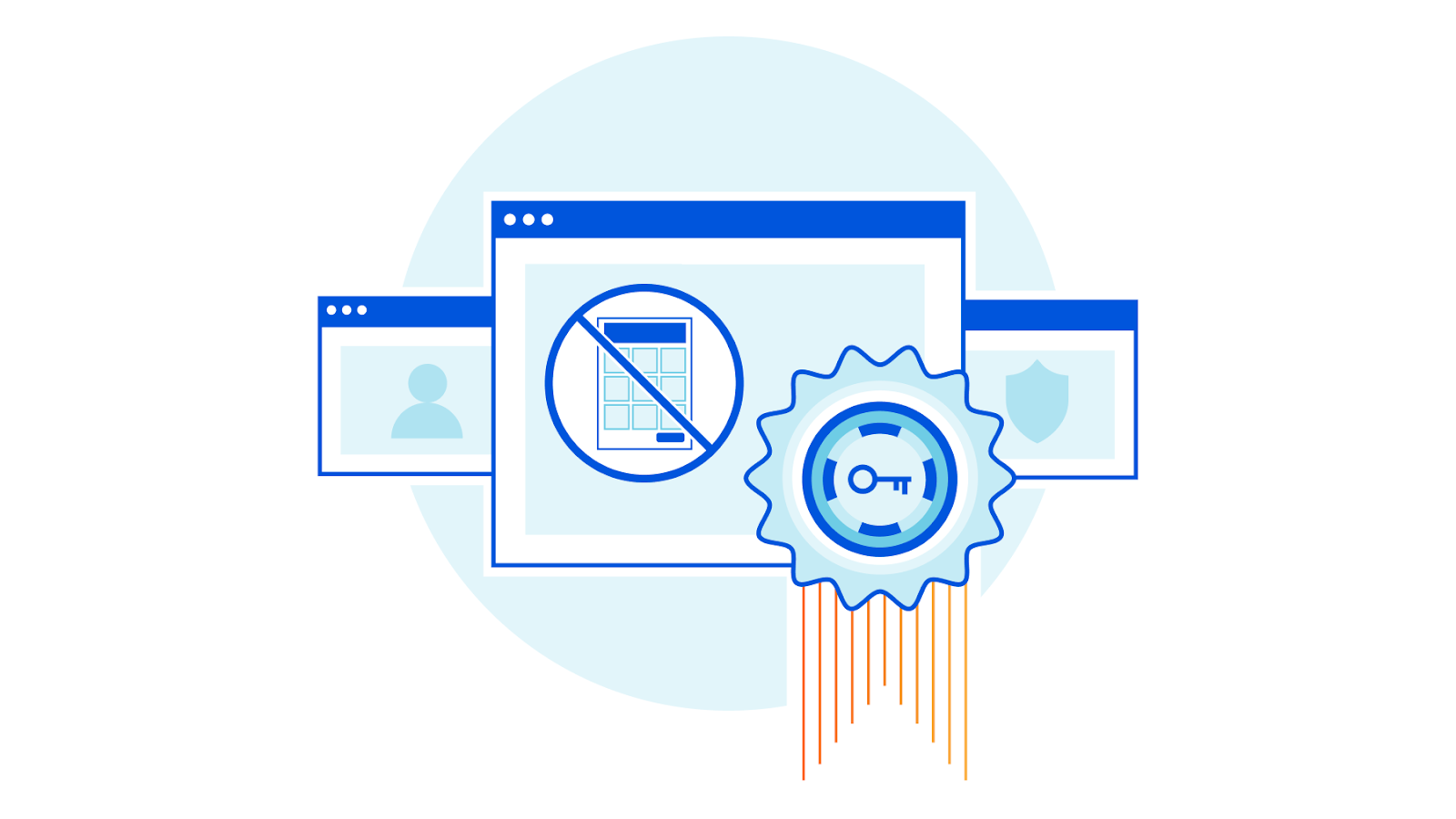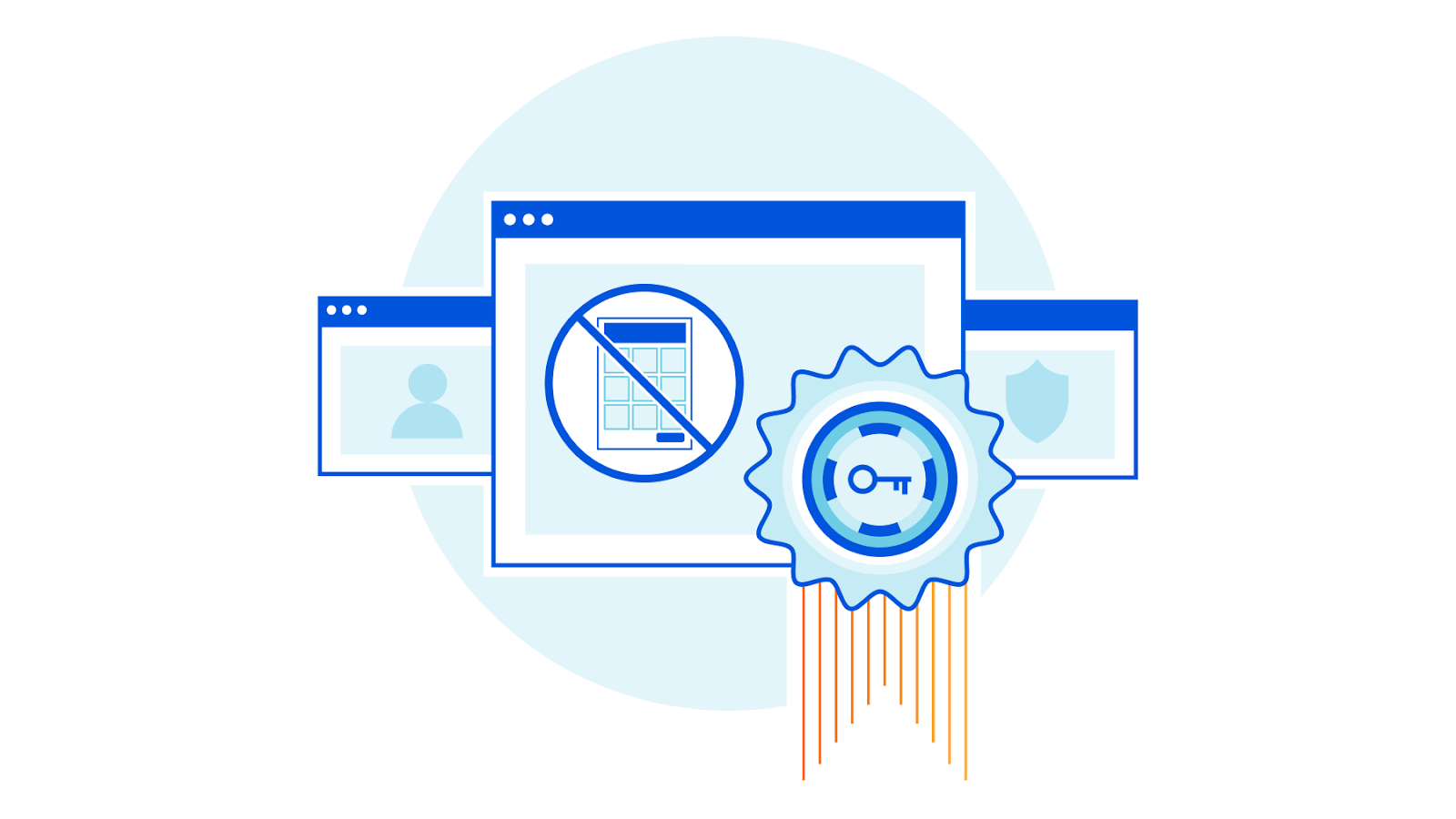The Increasingly Graphic Nature Of Intel Datacenter Compute
When you get to the place where Intel is at in datacenter compute, you cannot dictate terms to customers. …
The Increasingly Graphic Nature Of Intel Datacenter Compute was written by Timothy Prickett Morgan at The Next Platform.
Putting More Flex Into Flash Storage Arrays
In a cloud-based, highly distributed, and data-centric world, flexibility in what a piece of hardware and its systems software can do, where it can run, and how it can be configured is a critical differentiator for picky enterprises. …
Putting More Flex Into Flash Storage Arrays was written by Jeffrey Burt at The Next Platform.
NFA v 22.06 has arrived, featuring SNMP support
The post NFA v 22.06 has arrived, featuring SNMP support appeared first on Noction.
Private Access Tokens: eliminating CAPTCHAs on iPhones and Macs with open standards

This post is also available in 日本語, Español.

Today we’re announcing Private Access Tokens, a completely invisible, private way to validate that real users are visiting your site. Visitors using operating systems that support these tokens, including the upcoming versions of macOS or iOS, can now prove they’re human without completing a CAPTCHA or giving up personal data. This will eliminate nearly 100% of CAPTCHAs served to these users.
What does this mean for you?
If you’re an Internet user:
- We’re making your mobile web experience more pleasant and more private than other networks at the same time.
- You won’t see a CAPTCHA on a supported iOS or Mac device (other devices coming soon!) accessing the Cloudflare network.
If you’re a web or application developer:
- Know your user is coming from an authentic device and signed application, verified by the device vendor directly.
- Validate users without maintaining a cumbersome SDK.
If you’re a Cloudflare customer:
- You don’t have to do anything! Cloudflare will automatically ask for and utilize Private Access Tokens
- Your visitors won’t see a CAPTCHA, and we’ll ask for less data from their devices.
Introducing Private Access Tokens
Over the past year, Cloudflare has collaborated Continue reading
Learning BGP Module 2 Lesson 6: Next Hops – Video
In the final installment of this series, Russ White covers BGP next hops, including: -Next hop in iBGP vs. eBGP -Multi-access links -Route reflectors -Route servers You can subscribe to the Packet Pushers’ YouTube channel for more videos as they are published. It’s a diverse a mix of content from Ethan and Greg, plus selected […]
The post Learning BGP Module 2 Lesson 6: Next Hops – Video appeared first on Packet Pushers.
Hedge 133: Brooks Westfield and Multifactor Testing
Multi-factor testing is one of the most important jobs a vendor takes on—and one of the most underrated. Testing across all possible configurations and use cases is nearly impossible. Brooks Westbrook joins Tom Ammon and Russ White on this episode of the Hedge to talk about the complexity of multi-factor testing and some of the consequences of that complexity.
8 private automation hub features about automation execution environments

Red Hat Ansible Automation Platform 2.1 introduced automation execution environments, which is a new way to package automation into a container runtime environment. In addition, private automation hub also joined the party by adding significant support for execution environments.
Let's dive into those features:
Feature 1 - The registry
Private automation hub now ships with the pulp container registry. This means it can store and serve up container images.
We only support the Ansible private automation hub registry serving execution environment images.
Feature 2 - Remote registries
The Ansible private automation hub user interface allows the administrator to define remote registries. This allows for the registry to mirror container images from their source. A good example of remote registries is adding the base execution environment images available at Red Hat.
To access the Red Hat registry, visit registry.redhat.io and use the same username and password that you use for access.redhat.com.
Upon adding the registry, you will see a new remote registry definition.
Feature 3 - Indexing a remote registry
This capability is available after you have added a remote registry as per Feature 2;click the menu on the registry Continue reading
In Ukraine and beyond, what it takes to keep vulnerable groups online

This post is also available in 日本語, Deutsch, Français, Español, Português.

As we celebrate the eighth anniversary of Project Galileo, we want to provide a view into the type of cyber attacks experienced by organizations protected under the project. In a year full of new challenges for so many, we hope that analysis of attacks against these vulnerable groups provides researchers, civil society, and targeted organizations with insight into how to better protect those working in these spaces.
For this blog, we want to focus on attacks we have seen against organizations in Ukraine, including significant growth in DDoS attack activity after the start of the conflict. Within the related Radar dashboard, we do a deep dive into attack trends against Project Galileo participants in a range of areas including human rights, journalism, and community led non-profits.
To read the whole report, visit the Project Galileo 8th anniversary Radar Dashboard.
Understanding the Data
- For this dashboard, we analyzed data from July 1, 2021 to May 5, 2022 from 1,900 organizations from around the world that are protected under the project.
- For DDoS attacks, we classify this as traffic that we have determined is part of a Continue reading
Cisco DNA Upgrade Issues – Application Update Stuck
After initiating Cisco DNA Appliance version 2.1.2.4 and starting an upgrade towards 2.2.2.8 in order to get to 2.2.3.5 I got a strange issue where the appliance system update went fine but the switch to 2.2.2.8 was disabled until Application Updates did not finish. The real issue here was that Application Updates of Cloud Connectivity – Data Hub got stuck on 12% for 4 days without timing out or finishing. Tried several appliance reboots from CIMC which didn’t help. Below are the steps that helped sort out Application Updates issues with container pods being stuck at the point of pooling
The post Cisco DNA Upgrade Issues – Application Update Stuck appeared first on How Does Internet Work.
Select the Best Switching ASIC For the Job
Last week I described some of the data center switching ASIC design tradeoffs and the ASIC families Broadcom created to fit somewhere in that multi-dimensional space.
Next step: how could you design your data center fabric to make the most out of them? To keep things simple, we’ll build a typical leaf-and-spine fabric with a WAN edge layer (sometimes called border leaf switches).
Select the Best Switching ASIC For the Job
Last week I described some of the data center switching ASIC design tradeoffs and the ASIC families Broadcom created to fit somewhere in that multi-dimensional space.
Next step: how could you design your data center fabric to make the most out of them? To keep things simple, we’ll build a typical leaf-and-spine fabric with a WAN edge layer (sometimes called border leaf switches).